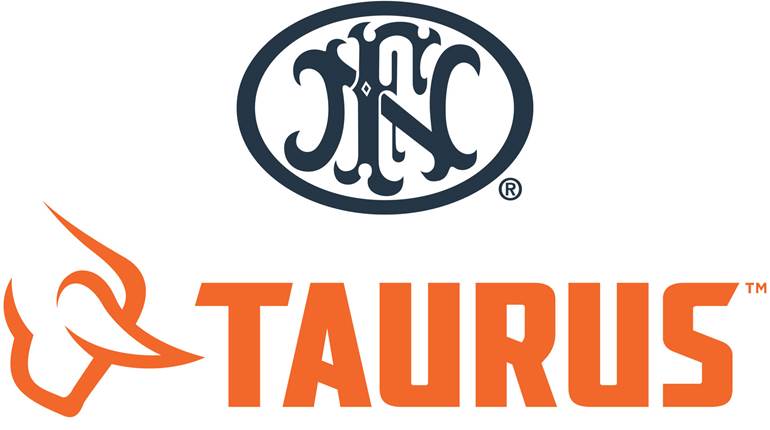
It was 1886 when the Sempert & Krieghoff rifle factory was established in Suhl, Germany, with Ludwig Krieghoff at the helm. The fine gunmaking tradition must have been genetic, because in 1916 his son, Heinrich, established another firearm manufacturing firm in the same city. It operated under the Heinrich Krieghoff label.
In 1919 the companies merged with the younger Krieghoff at the helm. In the years that followed its guns continued to harness innovative approaches, without sacrificing the German precision and style that drew enthusiasts to its guns. In 1925, for example, it was the first company to use Dural—an age-hardened aluminum alloy—in hunting rifles. A never-before-seen, self-cocking system on a drilling came out of the factory the next year. Demand for the shotgun/rifle double-barrels was heavy, particularly in Europe where the configuration is so popular.
World War II intervened, though, and operations wouldn’t resume until 1950 when only 13 workers began rebuilding the business. The big break came in 1957, when the company introduced its first competition shotgun, the K-32. It was based partly on the over-under Remington Model 32 that went out of production in 1941, when that company’s expertise was harnessed during wartime. The response to the Krieghoff version was overwhelming and grew with the podium finishes it collected every year. It chalked up a long list of victories, culminating in 1976 when Dan Haldeman claimed gold in the Montreal Olympics.
The break-action, over-under was undeniably timeless, but its age was showing. In the three decades it dominated the clay fields materials used in firearms and manufacturing processes had improved significantly. It was time for change.
In 1980 the company launched the K-80. It arrived with an improved trigger system, the ability to make adjustment to the rib, improved ergonomics and more. The reception was a warm one and by 1986 Krieghoff International was established in the United States by Dieter Krieghoff.
The shotgun continues to dominate. It’s performance remains world class, thanks to a solid design and the company’s willingness to listen to feedback.
Today the K-80 is available in eight different versions, including a Victoria with a shorter length of pull and modified palm swell that better fits the female form. All have a tang-mounted safety that can be locked in the engaged position. Depending on selection, they are ideal for trap, skeet, sporting clays and hunting. The wood furniture is some of the finest available today. Odds are good they’ll be the most attractive occupant in any gun safe, although that famed performance means they won’t spend much time embarrassing the other occupants, anyway.
Depending on model, you can get 12, 20 and 28 gauge, along with .410-bore and in left- or right-handed configurations. Barrel lengths run from 28" to 34", again depending on version selected. Cheekpieces, adjustable ribs, combinations, choke tube choices and much more can be tailored to a shooter’s preference. MSRPs start at $12,395 to $14,595 on the base versions. You also have the option of upgrading the engraving, wood and other features to fit your precise needs.
One of the company’s latest, the K-80 Parcours-X, is designed for FITASC shooters who require a nimble shotgun with a little more barrel weight for smoother swinging. With its 32" barrel the 12-gauge shotgun weighs roughly 8.5 lbs. and ships with choke tubes. MSRP starts at $13,695.






































